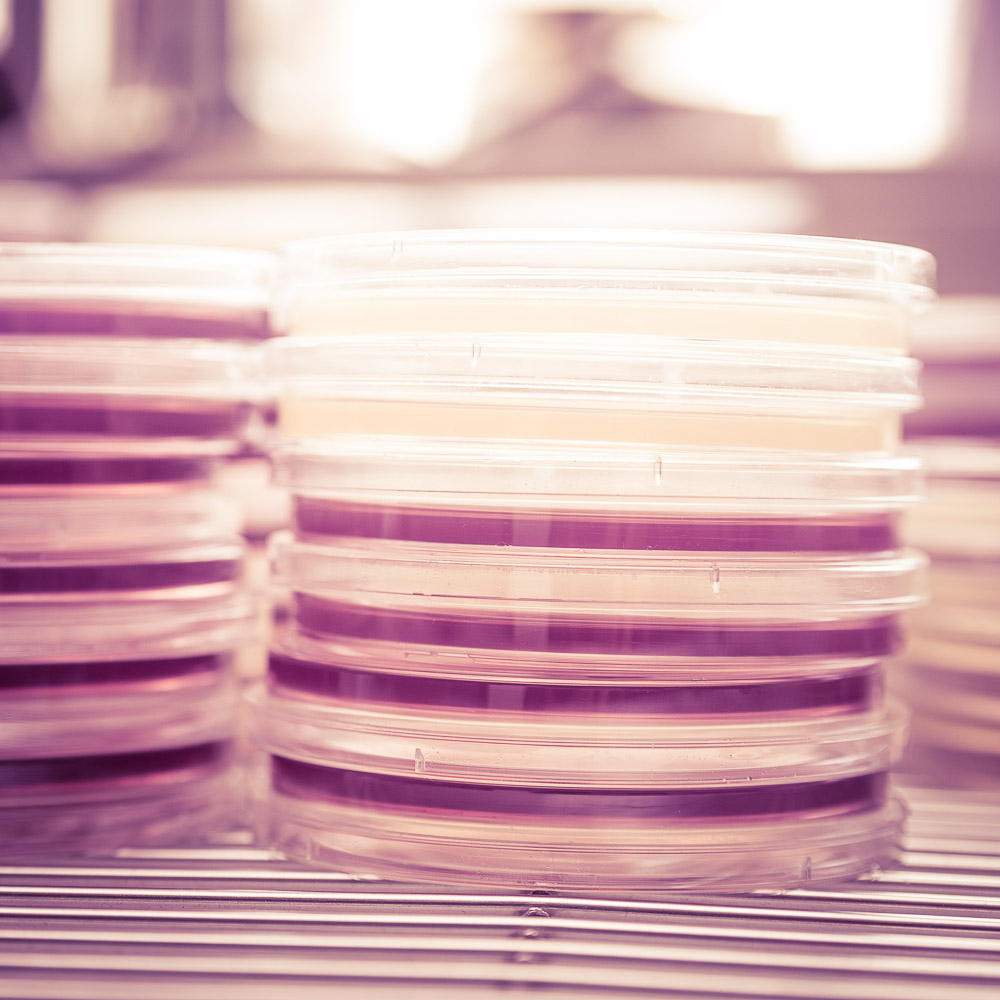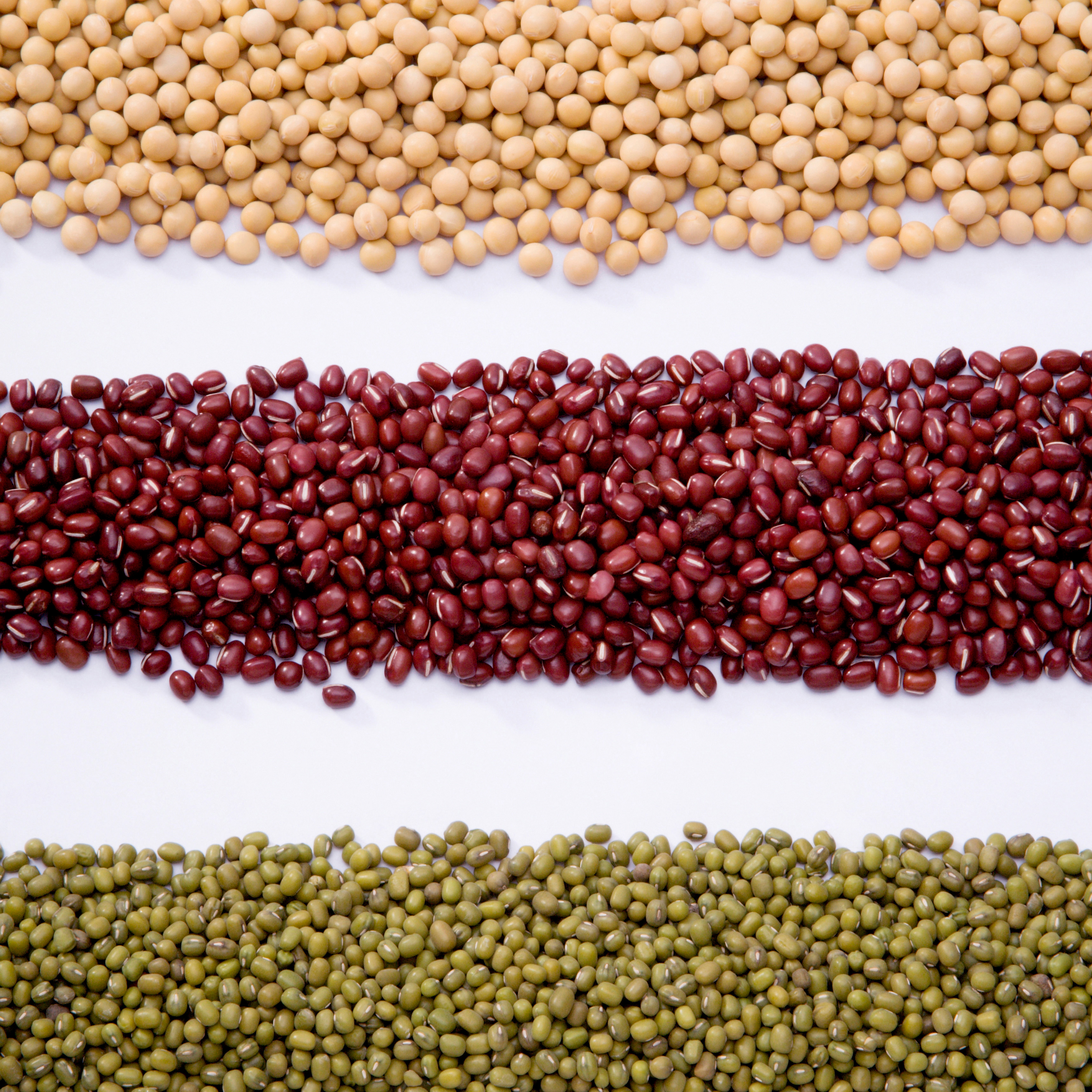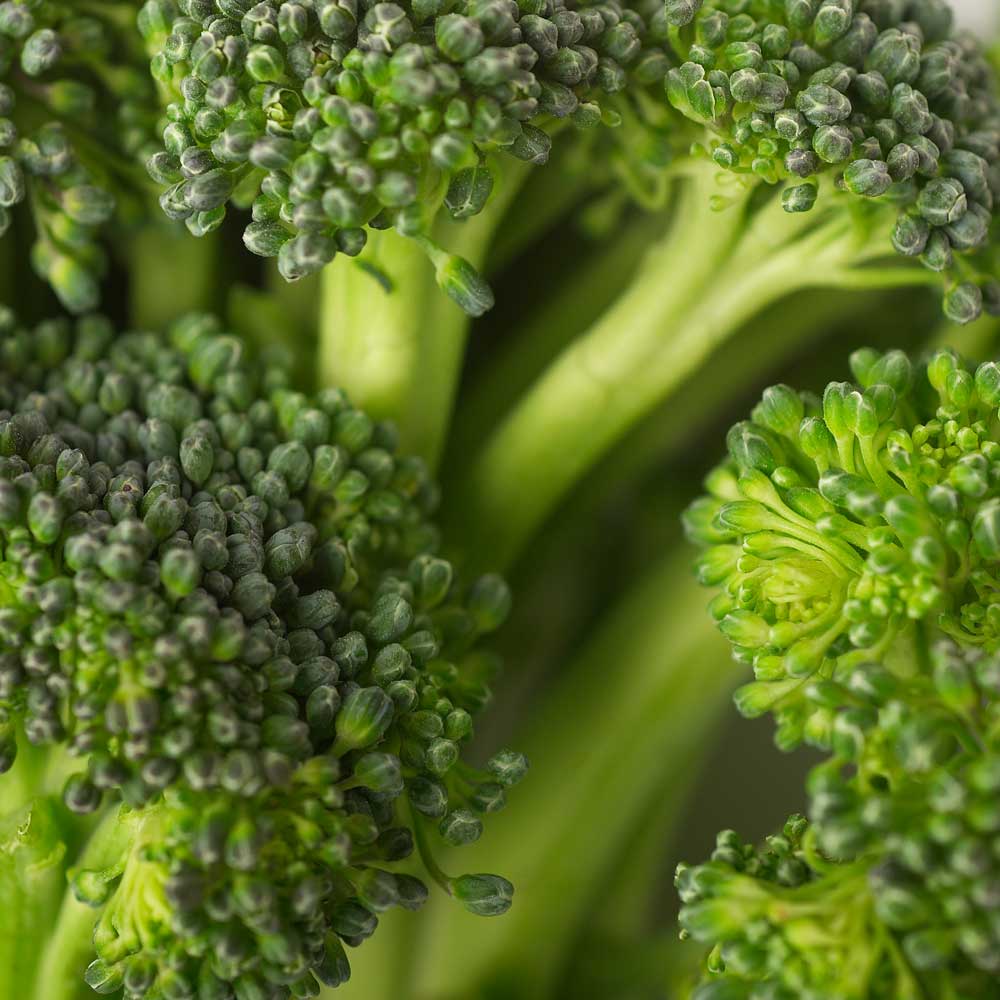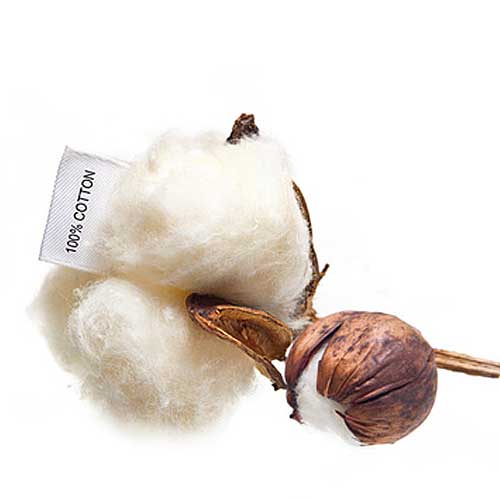Genetically Modified Cotton
More than 70% of the globally produced cotton is already genetically modified. In countries like the USA, India, Pakistan or China the proportion of gm cotton exceeds 95%.
At the same time a continually growing interest in ecologically produced cotton – which means a renunciation of the use of genetic engineering – can be observed.
Food-and feedstuff labeled as “Bio” or “Organic” must meet the requirements defined in the EU-Eco-Regulation (EG) No. 834/2007, i. e. the use of genetically modified organisms is excluded..
Although raw cotton as an agricultural product is also included in this regulation it does not apply for the production of textiles. Textiles themselves are also not covered by the regulation.
This could lead to irritations, in particular because several international standards prohibit the use of genetically modified cotton in organic textiles.
Of course unintentional mixing of organic and gm cotton can not be avoided in view of global flow of goods. But due to the significantly higher prices for organic cotton fraudulent or other bad practices can not be excluded as well.
Since 1998 we are able to identify gm cotton. By extending our analytical methods not only all known gm cotton events can be identified but also many unknown lines become detectable.
Of particular importance is the capability to distinguish between smallest traces of genetically modified cotton and higher percentage portions. We are able to perform the necessary quantitative measurements which is only possible by using high-end PCR technology and longstanding experience.










